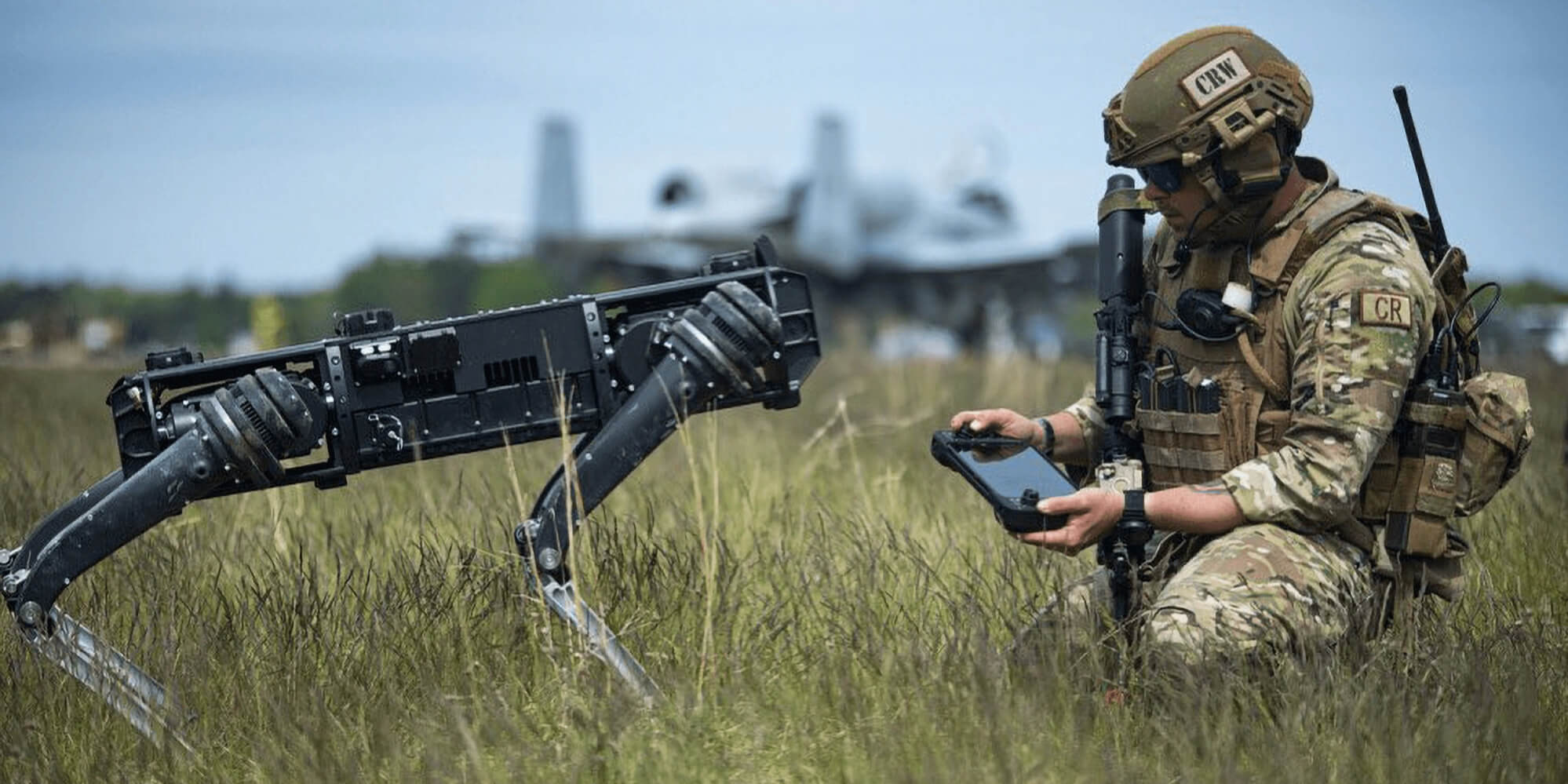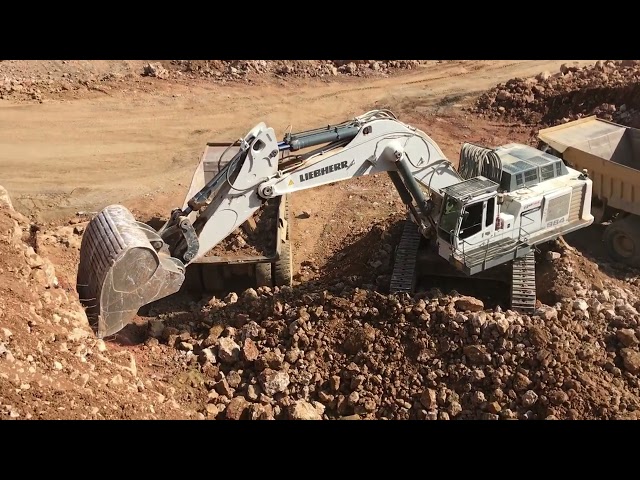Laser Weapons
Laser weapons have long been a staple of science fiction, but recent advancements are bringing them closer to reality. Lasers operate by focusing a beam of high-energy light onto a target, causing damage through intense heat. The appeal of laser weapons lies in their speed and precision—they can hit a target almost instantaneously and with pinpoint accuracy.
Leading the development of laser weapons is the U.S. Navy, which has already deployed a prototype called the Laser Weapon System (LaWS). The LaWS can effectively target and disable small aircraft and boats, making it an invaluable asset for naval defense.
Hypersonic Missiles
Hypersonic missiles are designed to travel at speeds greater than Mach 5, making them incredibly difficult to intercept with current missile defense systems. These weapons provide a significant strategic advantage due to their speed, maneuverability, and ability to deliver conventional or nuclear warheads with extreme precision.
Several countries, including the United States, Russia, and China, are actively developing hypersonic technology. For instance, the Russian military has already claimed to have deployed the Avangard hypersonic glide vehicle, which can carry both conventional and nuclear payloads.
Railguns
Railguns use electromagnetic force to launch projectiles at extremely high velocities, achieving ranges and speeds unattainable by traditional firearms. Instead of using explosive propellants, railguns rely on electricity to create a magnetic field that accelerates a metal projectile along a set of rails.
The U.S. Navy has been at the forefront of researching and testing railgun technology. In theory, railguns could enhance naval warfare by allowing ships to strike targets at great distances with higher precision and lower costs compared to traditional missile systems.
Directed Energy Weapons
Directed energy weapons (DEWs) use concentrated electromagnetic energy, including microwaves, lasers, and particle beams, to damage or disable targets. These weapons offer advantages such as unlimited ammunition (as long as power is available), deep magazine capacities, and cost-effectiveness in the long run.
- High-Powered Microwaves (HPMs): These DEWs emit short bursts of high-power microwave energy, capable of disabling or damaging electronic circuits within targets. HPMs are being explored for applications ranging from disabling enemy communication systems to neutralizing drones.
- Particle Beam Weapons: These weapons shoot charged or neutral particles at high speeds. Particle beam weapons have the potential to be used in missile defense or against satellites. However, their development remains largely experimental due to technological and logistical challenges.
Autonomous Drones
The rapid advancement in artificial intelligence (AI) and robotics has spurred the development of autonomous drones capable of executing missions without human intervention. These drones can perform various tasks, from reconnaissance and surveillance to targeted strikes and battlefield resupply.
For example, the U.S. military is developing the XQ-58A Valkyrie, an unmanned combat air vehicle designed for reconnaissance and strike missions. This drone can operate alongside manned aircraft in a ‘loyal wingman’ role, enhancing the operational capabilities of human pilots.
Exoskeletons
Exoskeletons are wearable robotic suits designed to augment the strength, endurance, and capabilities of soldiers on the battlefield. These suits can help soldiers carry heavier loads, reduce fatigue, and improve overall performance in combat situations.
Companies like Lockheed Martin are working on developing exoskeletons such as the FORTIS, which can reduce the strain on soldiers’ bodies and enhance their physical capabilities. While still in the developmental phase, exoskeletons have the potential to revolutionize ground combat by turning ordinary soldiers into superhuman warriors.
Artificial Intelligence in Weapon Systems
Artificial intelligence is increasingly being integrated into weapon systems to enhance their effectiveness, accuracy, and decision-making abilities. AI can be used in a variety of applications, including target recognition, autonomous navigation, and predictive maintenance.
One notable example is the development of autonomous tanks equipped with AI-driven targeting systems. These tanks can identify and engage targets with minimal human intervention, significantly improving response times and battlefield efficiency.
- Aerial Combat: AI is also being incorporated into fighter jets to assist pilots in dogfights and other combat scenarios. Autonomous systems can enhance situational awareness and provide real-time decision support, enabling pilots to make more informed tactical choices.
- Naval Operations: AI-driven submarines and surface ships can conduct long-duration missions with minimal human oversight. These vessels can perform tasks like reconnaissance, mine detection, and anti-submarine warfare more efficiently than traditional manned systems.
Biological and Chemical Defense
Advancements in biotechnology and chemistry are leading to the development of new defense mechanisms against biological and chemical threats. These technologies are focused on detecting, neutralizing, and mitigating the effects of such agents on both military personnel and civilians.
- Biosensors: These are devices that can quickly detect the presence of harmful biological agents in the environment. Modern biosensors are capable of providing rapid, on-the-spot identification of pathogens, allowing for timely countermeasures.
- Chemical Neutralizers: Innovations in chemistry are leading to the creation of substances that can neutralize chemical agents before they cause harm. These neutralizers can be deployed through various methods, including sprays, foams, and coatings, to provide immediate protection in contaminated areas.
Future Specs Table
| Weapon Type | Speed | Range | Key Feature |
|---|---|---|---|
| Laser Weapons | Speed of light | Line of sight | Precision targeting |
| Hypersonic Missiles | Over Mach 5 | 1,000+ miles | Extreme speed and maneuverability |
| Railguns | 6-7 times speed of sound | 100+ miles | Electromagnetic propulsion |
| Directed Energy Weapons | Speed of light | Varies | Electromagnetic damage |
| Autonomous Drones | Varies | Hundreds of miles | AI-driven missions |
| Exoskeletons | N/A | N/A | Enhanced physical abilities |
| AI in Weapon Systems | N/A | N/A | Autonomous decision-making |
| Biological and Chemical Defense | N/A | Immediate area | Rapid detection and neutralization |
The armed forces and defense industries worldwide are investing heavily in these cutting-edge weapons to maintain strategic advantages and prepare for future conflicts. As technology continues to advance, the battlefield of tomorrow will see revolutionary changes driven by these innovative and powerful weapon systems.







